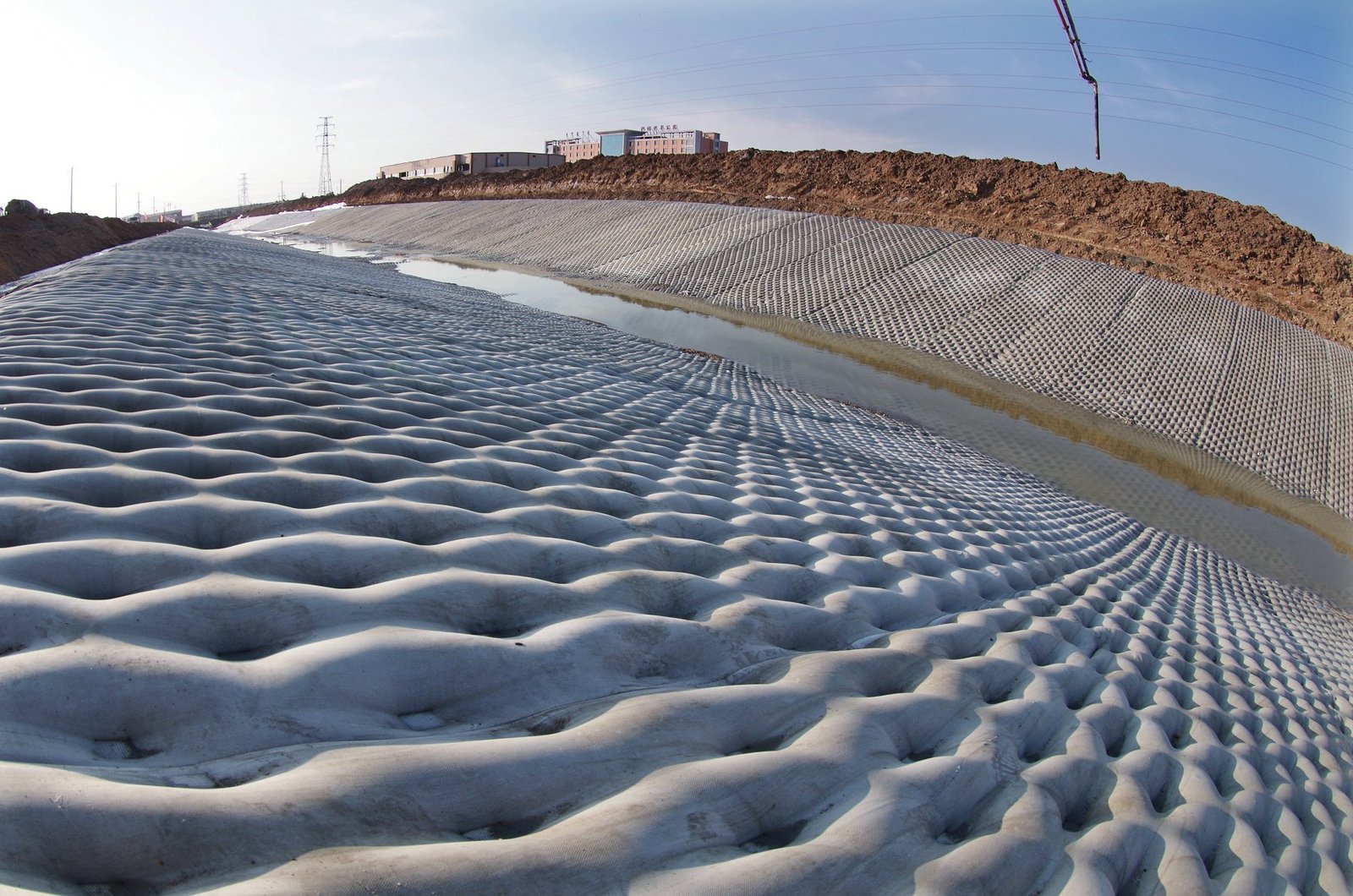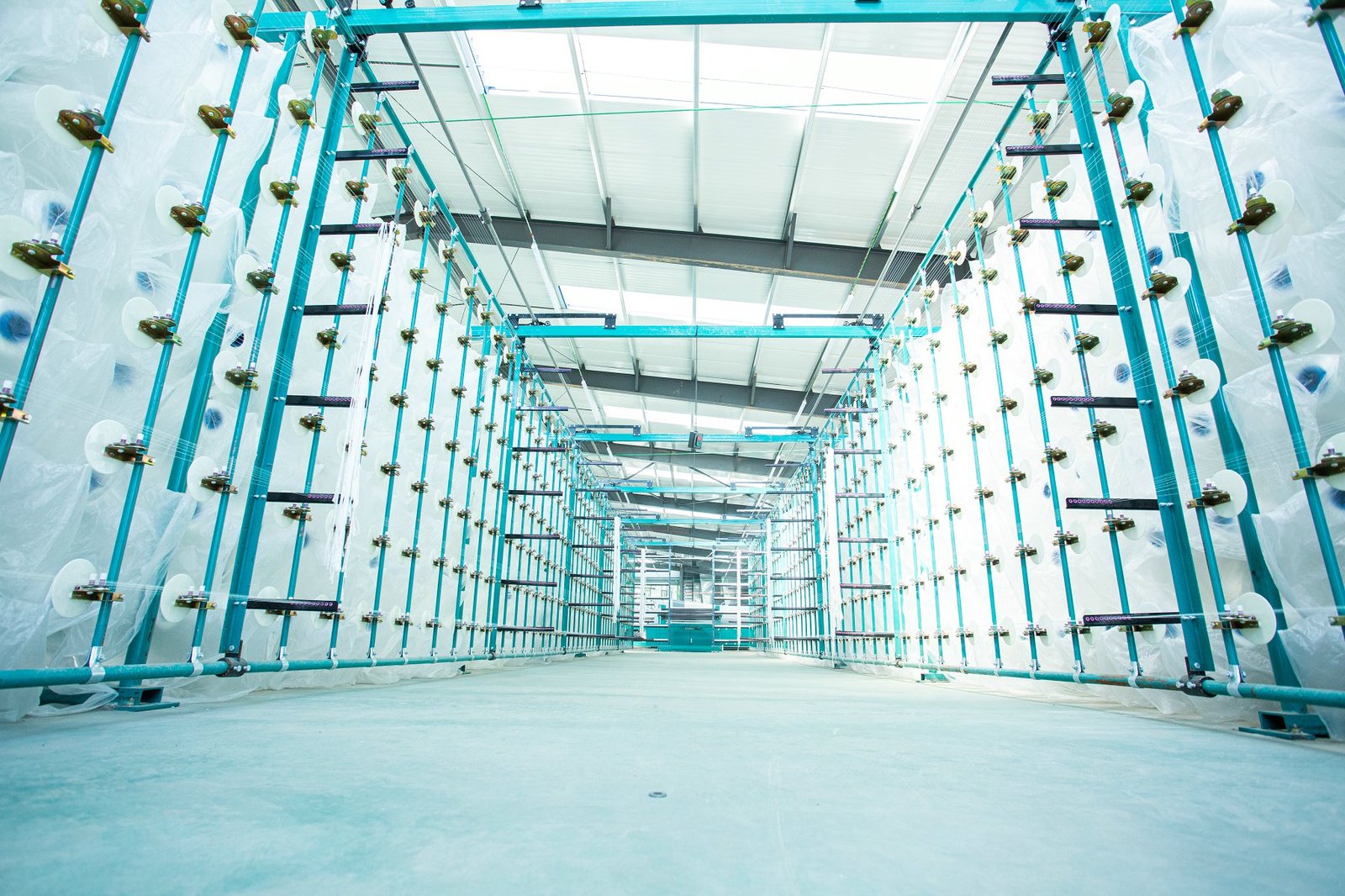Geotextile Fabric for Garden Beds: Benefits & Installation Guide
Enhance Your Garden with Geotextile Garden Bed Solutions
Key Takeaways
| Benefit | Description |
|---|---|
| Superior Drainage | Prevents waterlogged soil while allowing proper water flow |
| Weed Suppression | Blocks unwanted plants without chemicals |
| Root Protection | Creates barrier against pests and soil contamination |
| Cost Effective | Reduces maintenance time and replanting costs |
| Soil Stability | Prevents erosion and maintains bed structure |
| Easy Installation | Simple setup process for any garden size |
What Makes Geotextile Garden Beds Different from Regular Raised Beds
Geotextile garden beds use specialized fabric technology that changes how your plants grow. Unlike traditional wooden or metal raised beds, these systems integrate advanced filtration geotextile mattress systems that control water flow and block weeds simultaneously.
The fabric creates a permeable barrier that lets water through but stops weeds from pushing up into your growing area. Many gardeners don’t realize that regular raised beds often struggle with drainage issues, especially during heavy rains. Geotextile çözümler solve this by managing water flow at the soil level.

These beds work differently because they separate your growing medium from the ground soil completely. You get better control over what nutrients your plants receive, and you can customize soil mixtures for specific crops. The specialized geotextile protection prevents contamination from ground soil that might contain unwanted chemicals or pests.
Professional installers often recommend geotextile beds for areas with poor soil quality or drainage problems. The fabric acts as both a foundation and a filter, creating an ideal growing environment that traditional beds can’t match.
How Geotextile Fabric Controls Weeds Without Chemicals
Weed control becomes much simpler when you understand how geotextile fabric works. The material blocks sunlight from reaching weed seeds in the soil below, preventing them from germinating. This physical barrier method works better than many chemical treatments because it doesn’t require reapplication.
The fabric’s tight weave structure stops most weed species from growing through, but it still allows air and water to pass freely. Root vegetables like carrots and radishes grow normally because the fabric doesn’t interfere with downward root growth. However, aggressive weeds like dandelions and crabgrass can’t penetrate upward through the barrier.

Many gardeners report cutting their weeding time by 80% after installing geotextile beds. The better weed hindrance fabric options for 2025 show significant improvements in durability and effectiveness compared to older materials.
You’ll still need to remove weeds that grow from seeds that blow in from above, but these surface weeds pull out easily since their roots can’t establish deep connections through the fabric. This makes maintenance quick and reduces the need for herbicides in your garden.
Drainage Benefits That Transform Plant Health
Poor drainage kills more garden plants than most people realize. Geotextile garden beds solve drainage problems by creating controlled water flow that prevents both flooding and drought stress. The fabric allows excess water to drain away while retaining enough moisture for healthy plant growth.
Traditional garden beds often develop water pooling issues, especially in clay soils or low-lying areas. Geotextile fabric for drainage solutions creates consistent drainage patterns that protect plant roots from waterlogging damage.

The fabric’s permeability rate allows water to move through at the right speed. Too fast, and plants don’t get enough water. Too slow, and roots start rotting from excess moisture. Quality geotextile materials balance this perfectly for most garden plants.
Drainage improvements you’ll notice:
- No more standing water after heavy rains
- Plants recover faster from watering
- Root vegetables grow straighter and cleaner
- Fewer fungal diseases affecting plant health
- Better nutrient uptake from improved soil aeration
Professional geotextile mattress projects demonstrate how proper drainage increases crop yields by 30-40% in many cases. Your plants will show healthier growth patterns and produce more food per square foot.
Installation Process for Maximum Garden Performance
Installing geotextile garden beds requires specific steps to ensure long-term success. Start by measuring your garden area and ordering fabric that extends 6 inches beyond your planned bed dimensions. This extra material prevents edge lifting and provides better weed control around the perimeter.
Ground preparation matters more than most people think. Remove existing vegetation and level the soil surface, but don’t compact it too much. The fabric needs some soil texture to grip properly and prevent shifting during heavy rains or wind.

Installation steps that work:
- Clear and level the installation area
- Lay fabric with overlapping seams of at least 12 inches
- Secure edges with landscape pins every 3 feet
- Add growing medium to desired depth (usually 8-12 inches)
- Install edging materials to contain soil
- Water thoroughly to settle soil and test drainage
The durable geotextile mattresses used in commercial applications provide installation guides that work well for home gardens. Many gardeners make mistakes by skipping the edge securing step, which leads to fabric movement and weed breakthrough.
Professional installers recommend testing your drainage before planting by flooding one section with water and timing how quickly it drains. Proper installation should allow standing water to disappear within 2-4 hours.
Choosing the Right Geotextile Material for Your Garden
Different geotextile materials work better for specific garden types and growing conditions. Woven fabrics provide stronger weed control but may restrict drainage more than non-woven options. Non-woven geotextiles allow better water flow but might not block aggressive weeds as effectively.
Weight ratings matter when selecting fabric. Lighter materials (3-4 oz per square yard) work well for annual vegetable gardens, while heavier options (6-8 oz) suit perennial beds or areas with tough weed problems. The landscape fabric reviews and buying guide explains these differences in detail.

UV resistance becomes important if any fabric will be exposed to direct sunlight. Most quality geotextiles include UV stabilizers that prevent breakdown from sun exposure, but cheaper options may deteriorate within one growing season.
Material selection factors:
- Soil type and drainage needs
- Types of plants you’re growing
- Local weed pressure and species
- Expected lifespan of the garden bed
- Budget considerations for initial investment
The vegetation geotextile mattress systems used for slope stability often exceed garden requirements, but they demonstrate the durability potential of quality materials.
Cost Analysis and Long-Term Garden Investment
Geotextile garden beds cost more initially than traditional raised beds, but they save money over time through reduced maintenance and higher plant productivity. Initial material costs typically range from $2-6 per square foot, depending on fabric quality and installation complexity.
Labor savings add up quickly when you consider reduced weeding time and less frequent soil replacement. Many gardeners spend 2-3 hours per week weeding traditional beds, compared to 20-30 minutes for geotextile systems. This time reduction alone justifies the investment for most people.

Cost breakdown over 5 years:
- Initial fabric and installation: $300-800 for 100 sq ft
- Reduced weeding time: 150+ hours saved
- Lower plant replacement costs: 40-60% reduction
- Decreased soil amendment needs: $100-200 savings
- Higher crop yields: 25-35% increase in production
The raised-pattern geotextile mattress systems demonstrate how professional installations cut costs by 40% compared to traditional erosion control methods. Similar principles apply to garden applications.
Quality fabric installations last 10-15 years with proper maintenance, making the per-year cost quite reasonable compared to annual soil amendments and plant replacements in traditional beds.
Maintenance Tips for Lasting Garden Success
Maintaining geotextile garden beds requires different techniques than traditional gardening methods. The fabric creates a barrier that changes how you add nutrients and manage soil health. Top-dressing with compost works better than digging amendments into the soil since you don’t want to damage the fabric.
Seasonal maintenance involves checking fabric edges for lifting or damage, especially after winter freeze-thaw cycles. Small tears can be patched with fabric adhesive or additional fabric pieces, preventing weed breakthrough and maintaining drainage performance.

Monthly maintenance checklist:
- Inspect fabric edges and repair any damage
- Remove surface weeds before they establish
- Check drainage by observing water absorption
- Add compost or growing medium as needed
- Monitor plant health for drainage-related issues
The expert geotextile mattress solutions used in commercial applications provide maintenance schedules that adapt well to garden settings. Professional guidance helps avoid common mistakes that shorten fabric life.
Winter preparation involves covering exposed fabric areas with mulch or temporary barriers to prevent UV damage and freeze damage. This simple step extends fabric life significantly in harsh climate areas.
Advanced Applications and Future Garden Planning
Geotextile technology opens possibilities for advanced gardening techniques that weren’t practical before. Vertical growing systems, terraced beds, and slope gardens become more feasible when you have reliable drainage and weed control built into the foundation.
The future of raised bed gardening points toward integrated systems that combine geotextiles with automated irrigation and nutrient delivery. These systems reduce labor while improving plant performance.

Advanced applications to consider:
- Hydroponic systems built on geotextile bases
- Multi-season crop rotation with permanent infrastructure
- Integration with rainwater collection systems
- Companion planting strategies that maximize fabric benefits
- Greenhouse floor applications for year-round growing
Many gardeners expand their geotextile systems gradually, starting with one or two beds and adding more as they see the benefits. The comprehensive raised bed gardening guide explains how to plan expansion projects effectively.
Long-term planning should consider how your garden needs might change and how geotextile systems can adapt to new requirements without major reconstruction.
Frequently Asked Questions
Q: How long does geotextile fabric last in garden applications?
A: Quality geotextile fabric typically lasts 10-15 years in garden settings when properly installed and maintained. UV-stabilized materials perform better in areas with direct sun exposure.
Q: Can I plant directly through geotextile fabric?
A: You should add 6-12 inches of growing medium on top of the fabric rather than planting directly through it. The fabric works best as a foundation barrier, not a growing surface.
Q: Will geotextile fabric affect soil temperature?
A: The fabric has minimal impact on soil temperature. Dark-colored fabrics may absorb slightly more heat, but the growing medium on top moderates temperature changes.
Q: How do I repair tears or damage in the fabric?
A: Small tears can be patched with fabric adhesive and additional geotextile pieces. Larger damage may require replacing entire sections to maintain weed control effectiveness.
Q: Can geotextile beds work for all types of plants?
A: Most vegetables, herbs, and annual flowers work well in geotextile beds. Large perennial plants with extensive root systems may require different approaches or modified installation methods.
Q: How much does installation typically cost?
A: DIY installation costs $2-6 per square foot for materials. Professional installation adds $3-8 per square foot depending on site complexity and local labor rates.
Q: Do I need different fabric for vegetable vs. flower gardens?
A: The same fabric works for both applications, but vegetable gardens may benefit from slightly heavier-weight materials due to more frequent soil disturbance during harvesting.







